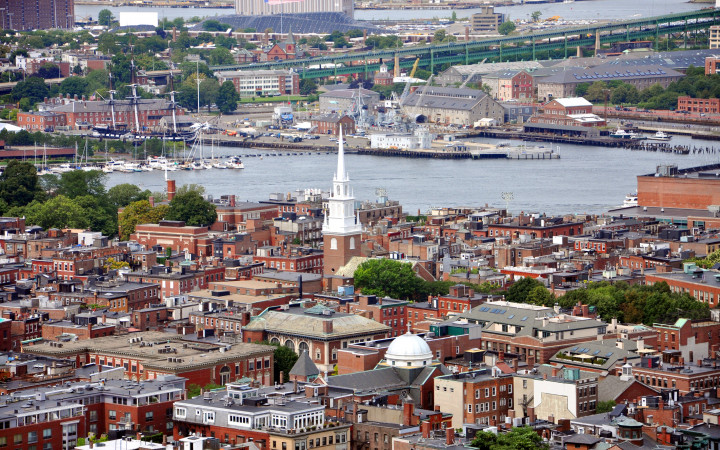Today’s Wonder of the Day was inspired by Avery. Avery Wonders, “What was the Great Molasses Flood?” Thanks for WONDERing with us, Avery!
Have you ever tasted molasses? From flavorings to baked goods to candies, molasses has many uses. And some kids can’t get enough! Some would ask for a whole vat of molasses. Others might even wish for a flood of the thick, sugary substance.
Be careful what you wish for! A flood of molasses is not as sweet as it sounds. Don’t believe us? Just ask anyone who lived in the Boston area in 1919. That year, the city experienced the Great Molasses Flood.
What was the Great Molasses Flood? Well, it’s just what it sounds like. It was an event in which 2.3 million gallons of molasses flooded the streets of the North End of Boston.
It was just after noon on January 15, 1919. The Purity Distilling Company, part of United States Industrial Alcohol (USIA), had recently received a large shipment of molasses from Puerto Rico. The substance was stored in a huge tank that was 50 feet tall and 90 feet across.
At about 12:30 p.m., the tank burst. What followed was an enormous wave of molasses. It raced through the streets at 35 miles per hour, taking out everything in its path. It knocked down buildings, picked up human beings, and even destroyed part of an elevated train track. A train barely escaped the wave as it screeched to a halt ahead of the damaged track.
When the molasses settled, it coated the streets. The flood had killed 21 people and wounded 150. It also killed many horses who had the misfortune of being in its path. And, of course, it left everyone with questions. What happened? What caused this terrible disaster?
Initially, the USIA claimed to be the victim of a crime. They said anarchists must have planted a bomb in or near the tank. However, this soon proved to be a baseless theory.
Instead, an investigation found fault with the USIA. When the company built the tank, they cut corners. As a result, it was too weak to hold the amount of molasses stored in it. Soon, an enormous legal battle ensued. 125 lawsuits against the company led to it being ordered to pay for damages and loss of human life.
This wasn’t the only outcome, however. The Great Molasses Flood also shone light on the issue of insecure construction. Following the event, Massachusetts made it mandatory for construction projects to pass inspections from architects and engineers before moving forward. Many other states followed suit.
Have you ever visited Boston? Some say that, on certain days, they can still smell molasses in the North End. What would you do to prevent future disasters like the Great Molasses Flood?
Standards: CCRA.L.3, CCRA.L.6, CCRA.R.1, CCRA.R.2, CCRA.R.4, CCRA.R.10, CCRA.SL.1, CCRA.SL.2, CCRA.W.2, CCRA.W.4, CCRA.W.9, CCRA.L.1, CCRA.L.2




